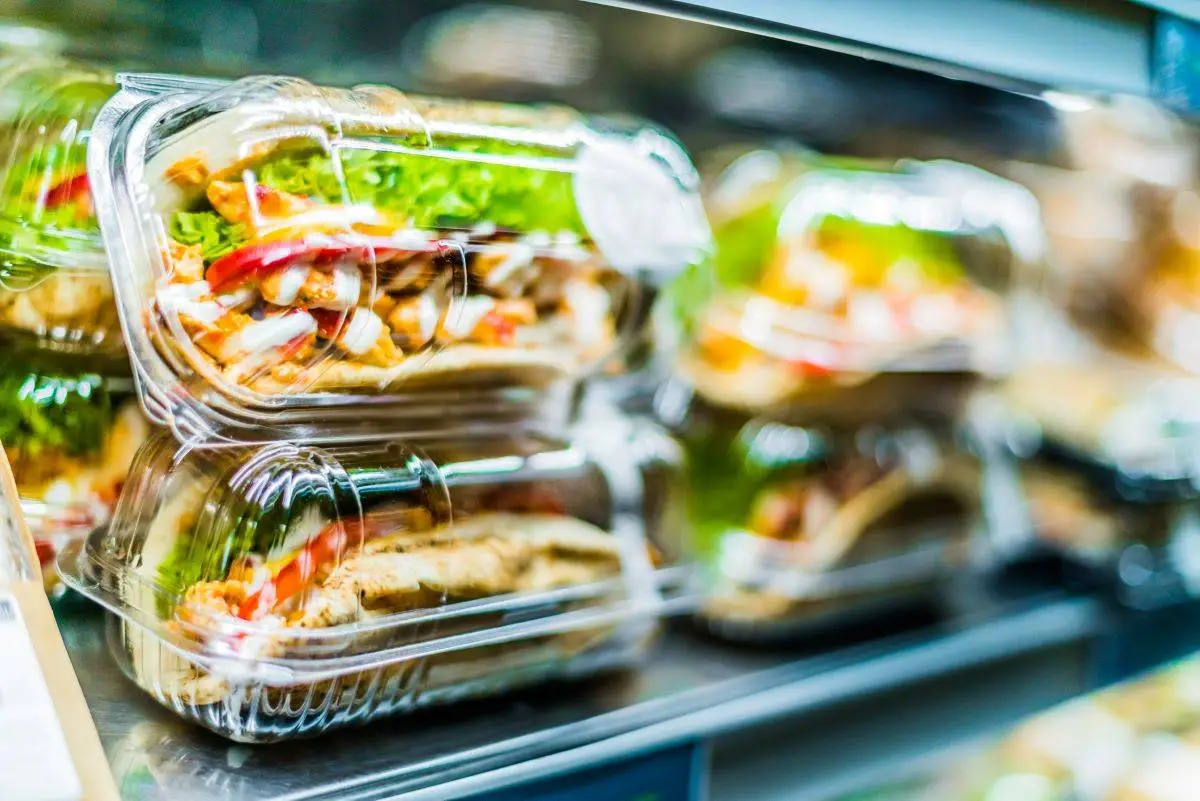Listeriosis is a serious infection caused by the bacterium Listeria monocytogenes, which poses a significant risk to public health, particularly when it contaminates packaged foods. This bacterium’s ability to survive and thrive in various environments, including refrigeration temperatures, makes it a formidable pathogen. Understanding the science behind listeriosis involves exploring the unique characteristics of Listeria and the conditions that enable its persistence in packaged foods.
Characteristics of Listeria monocytogenes
Listeria monocytogenes is a Gram-positive, rod-shaped bacterium known for its resilience and adaptability. Several key characteristics contribute to its ability to survive and thrive in packaged foods:
- Psychrotrophic Nature: Unlike many other bacteria, Listeria can grow at refrigeration temperatures (as low as 1°C). This psychrotrophic nature allows it to persist in cold environments, such as refrigerators and freezers, where other pathogens would be inhibited.
- Acid and Salt Tolerance: Listeria can tolerate a wide range of pH levels and high salt concentrations. This adaptability enables it to survive in acidic foods and salted products, which are common in packaged foods.
- Biofilm Formation: Listeria can form biofilms on various surfaces, including stainless steel, plastic, and glass. Biofilms are protective communities of bacteria that adhere to surfaces and provide a shield against environmental stressors, such as disinfectants and antibiotics.
- Motility and Invasion: Listeria possesses flagella, which allow it to move and invade host cells. Once inside a host cell, the bacterium can replicate and spread to neighboring cells, evading the host’s immune response.
Survival and Growth in Packaged Foods
Several factors contribute to the survival and growth of Listeria in packaged foods:
- Temperature: As mentioned earlier, Listeria can grow at low temperatures. In packaged foods stored in refrigerators, the bacterium can continue to proliferate, posing a risk to consumers even if the food appears fresh and safe.
- Moisture Content: Packaged foods with high moisture content provide an ideal environment for Listeria growth. Ready-to-eat salads, deli meats, and soft cheeses are particularly susceptible to contamination due to their moisture levels.
- Nutrient Availability: Packaged foods often contain nutrients that support bacterial growth. Listeria can utilize sugars, proteins, and fats present in these foods to sustain itself and multiply.
- Modified Atmosphere Packaging (MAP): Some packaged foods use MAP to extend shelf life by altering the atmospheric composition within the package. While MAP can inhibit the growth of aerobic bacteria, it may not be as effective against Listeria, which can thrive in low-oxygen environments.
- Cross-Contamination: During processing and packaging, cross-contamination from equipment, surfaces, and handlers can introduce Listeria into packaged foods. If proper sanitation measures are not followed, the bacterium can spread rapidly.
Case Study: Blue Bell Ice Cream Outbreak (2015)
A notable example of Listeria contamination in packaged foods occurred in 2015, linked to Blue Bell ice cream products. The outbreak resulted in 10 reported cases of listeriosis across four states, leading to three deaths. The investigation revealed that Listeria was present in Blue Bell’s production facilities, and contaminated equipment was the source of the outbreak. This case highlighted the importance of stringent hygiene practices and regular testing in food production facilities to prevent contamination.
Prevention Strategies
Preventing Listeria contamination in packaged foods requires a multi-faceted approach involving proper food handling, storage, and hygiene practices. Key prevention strategies include:
- Stringent Sanitation: Implementing rigorous sanitation protocols in food production facilities is crucial. Regularly cleaning and sanitizing equipment, surfaces, and utensils can reduce the risk of Listeria contamination.
- Temperature Control: Maintaining proper refrigeration and storage temperatures can inhibit Listeria growth. Packaged foods should be stored at temperatures below 4°C to minimize the risk of contamination.
- Regular Testing: Routine testing of food products and production environments for Listeria can help detect contamination early. Rapid detection methods, such as PCR and immunoassays, can provide timely results.
- Employee Training: Educating food handlers about the risks of Listeria and the importance of hygiene practices is essential. Proper handwashing, the use of protective clothing, and adherence to hygiene protocols can prevent cross-contamination.
- Consumer Awareness: Educating consumers about safe food handling and storage practices can reduce the risk of listeriosis. Consumers should be encouraged to follow “use-by” dates, avoid cross-contamination, and store perishable foods at the correct temperature.
Conclusion
Listeria monocytogenes is a resilient bacterium capable of surviving and thriving in packaged foods under various conditions. Its psychrotrophic nature, tolerance to environmental stressors, and ability to form biofilms make it a formidable pathogen. Preventing Listeria contamination requires a comprehensive approach involving stringent sanitation, temperature control, regular testing, employee training, and consumer awareness. By understanding the science behind listeriosis and implementing effective prevention strategies, we can reduce the risk of Listeria infections and protect public health.







Leave a Reply